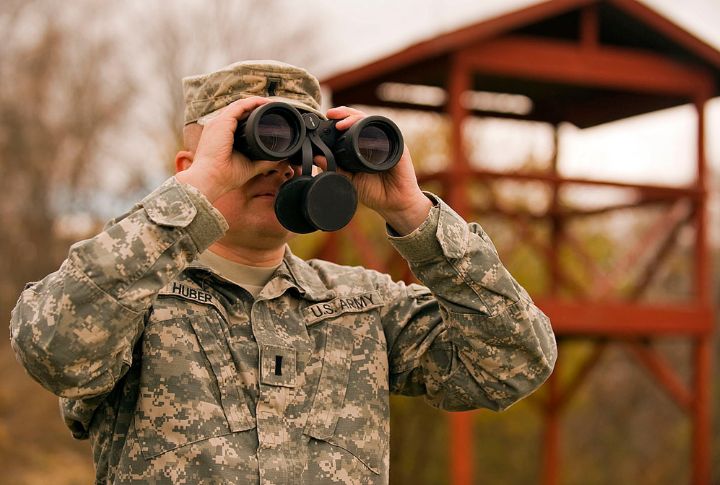
The Vietnam War left behind memories and also language. Many of the phrases coined or popularized during the conflict are still used today; if you’re a history buff or just curious about where these terms came from, here are 20 powerful phrases worth knowing.
“Charlie”
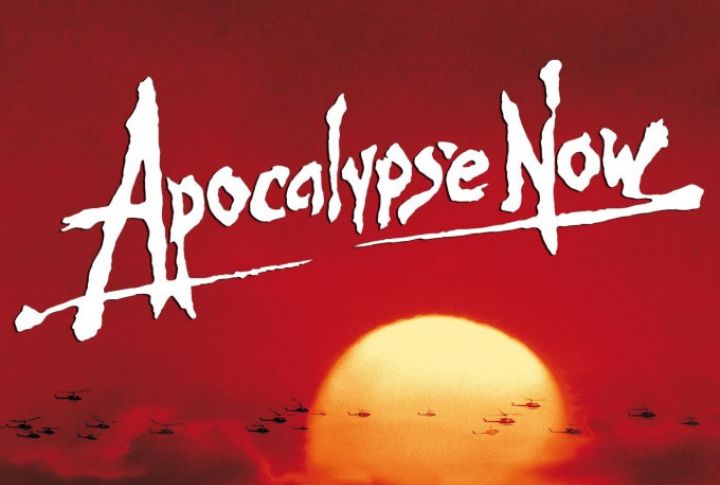
Coined from the NATO phonetic alphabet, “Charlie” stood in for the Viet Cong—Victor Charlie. American troops relied on it constantly when identifying enemy fighters. The term left the battlefield and entered pop culture, immortalized in films like Apocalypse Now. “Charlie’s in the wire” meant enemy breach.
“In the Thick of It”
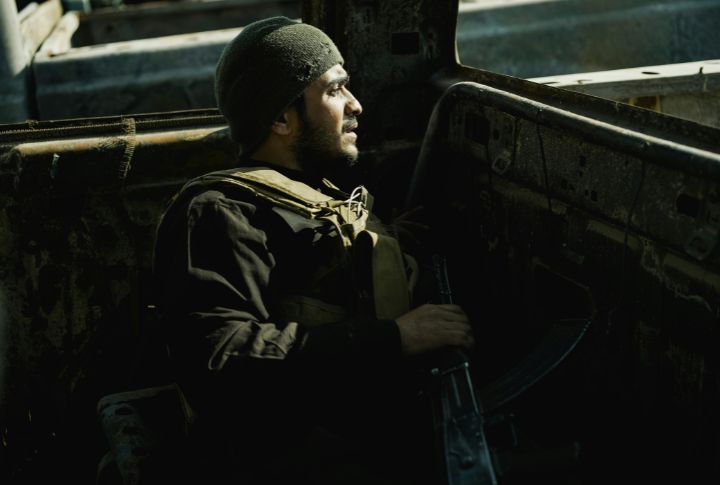
Used by soldiers to describe being caught in intense combat or dangerous conditions, this term captured the chaos and adrenaline of frontline engagements. Still heard today in both military and civilian life to mean “in deep trouble,” it’s often used to convey camaraderie and bravery under fire.
“Grunt”

Vietnam’s frontlines birthed the term “grunt,” a badge for those who faced the dirtiest work. These soldiers did the dirtiest jobs. Today, “grunt” refers to entry-level workers, especially in tech and service industries. Originally, though, it spoke volumes about raw resilience.
“Hump”
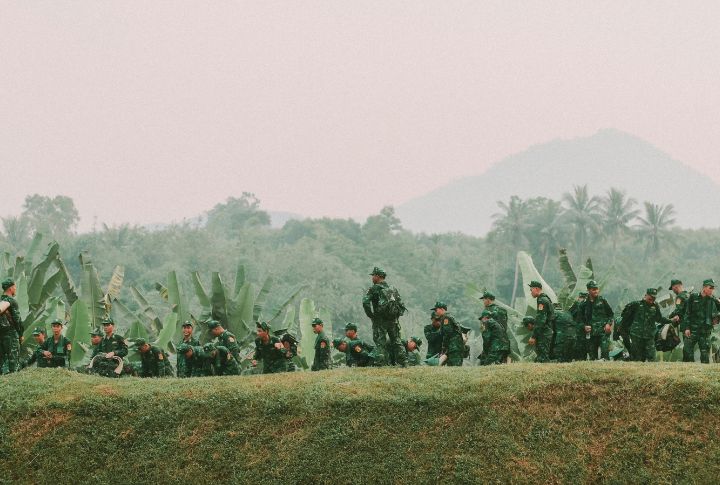
Jungle patrols required more than courage; they demanded endurance. Troops “humped” heavy gear across brutal terrain for miles. The phrase “humpin’ the boonies” became common, packed with fatigue and determination. Among veterans, “hump” still represents life’s tougher roads, both literal and metaphorical.
“Boom-Boom”
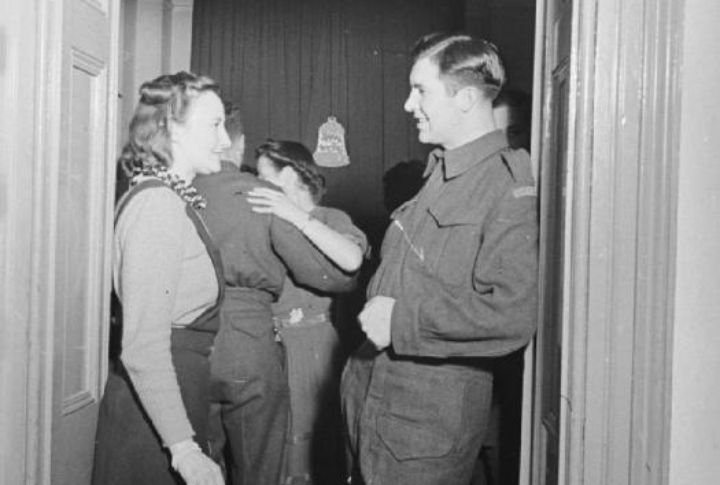
A phrase with layered meanings, “boom-boom” was G.I. slang for paid mating, especially in areas surrounding U.S. bases. While often repeated in war stories or films, it also reflects the murky relationships between soldiers and civilians. Its usage became part of the broader cross-cultural vernacular.
“The World”
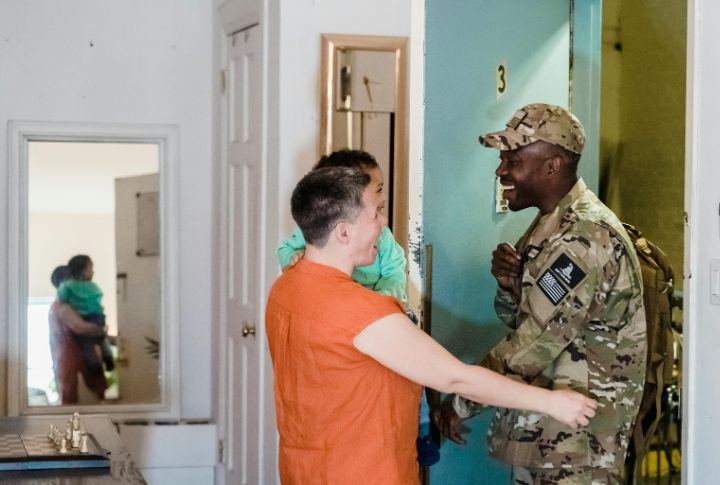
To Vietnam vets, the U.S. wasn’t just home—it was “the world.” That phrase captured the emotional distance between jungle firefights and civilian life. Going back to “the world” meant your tour was done. The language reveals how foreign Vietnam felt, even while in uniform.
“Short-Timer”
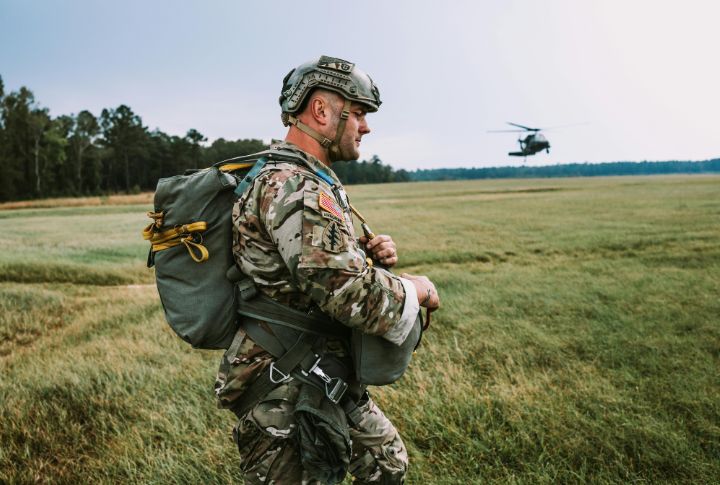
This term described a soldier nearing the end of their tour in Vietnam. Known for counting down days obsessively, soldiers created the “Short-Timer Calendar.” This inspired countless pop culture nods in military comedies and symbolized the light at the end of the tunnel.
“Dustoff”
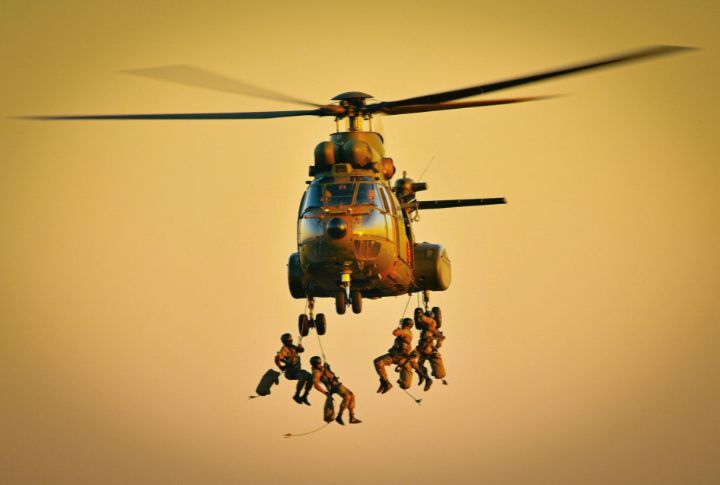
When wounded men needed rescue, they called for “Dustoff.” First used in Vietnam, it became the radio code for medevac helicopters. These crews flew unarmed into firefights—heroes without capes. The term still endures today, honoring missions built on courage and lifesaving action.
“Don’t Mean Nothin'”
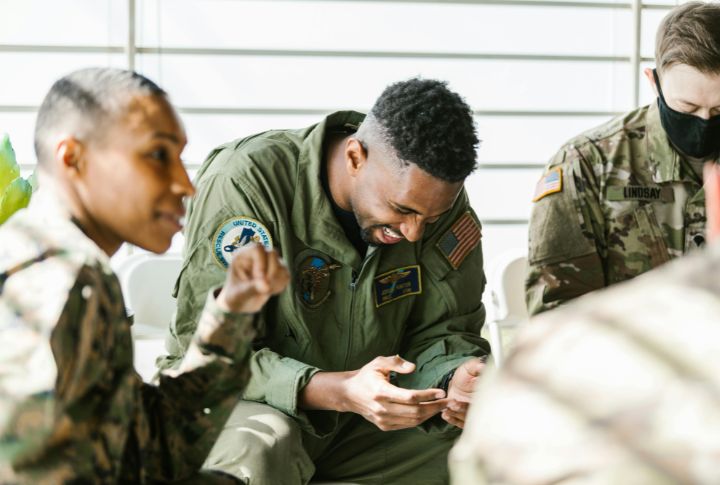
This dismissive phrase was used to cope with trauma or danger and became a catch-all phrase to mask fear or grief. It’s still used in veteran communities to shrug off hardship. Symbolic of emotional resilience and stoicism, it helped soldiers handle the psychological strain of constant combat.
“Fragging”
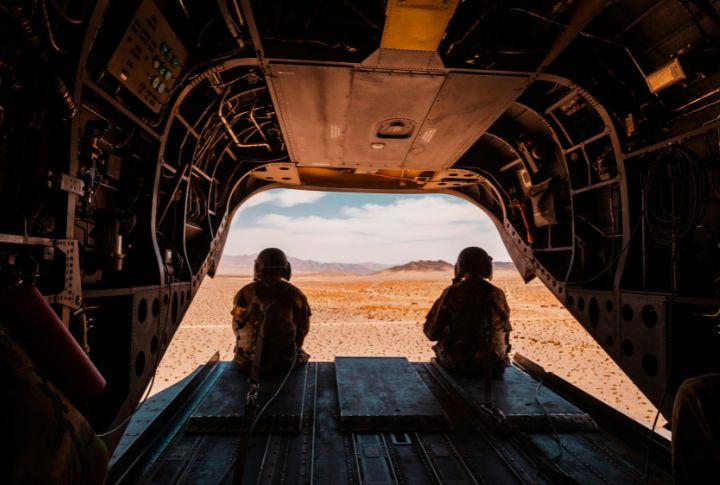
Fragging refers to using grenades to intentionally attack one’s own officers. This phenomenon arose in Vietnam due to tensions between enlisted men and their leadership. The term entered public consciousness as a sign of morale breakdown, sparking a serious debate about military discipline and mental health under wartime stress.
“RTO” (Radio Telephone Operator)
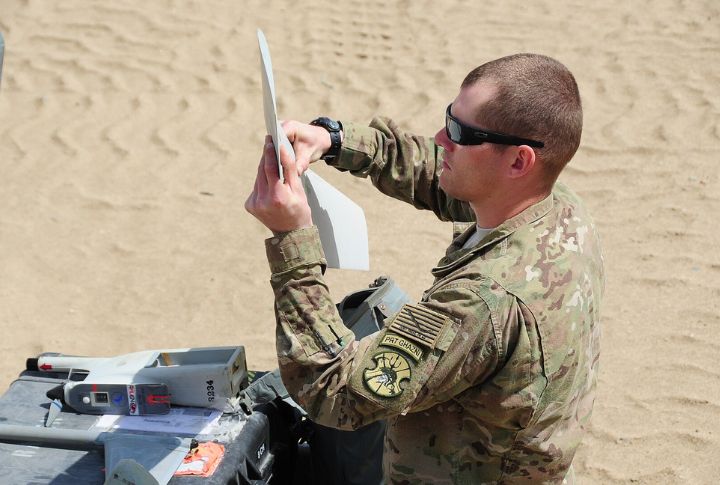
The soldier responsible for carrying and operating a field radio was known as the RTO. Essential for calling in support, those who held this high-risk role were prime targets for enemy fire. Their job was vital but rarely glorified in the media or remembered afterwards.
“Tunnel Rat”
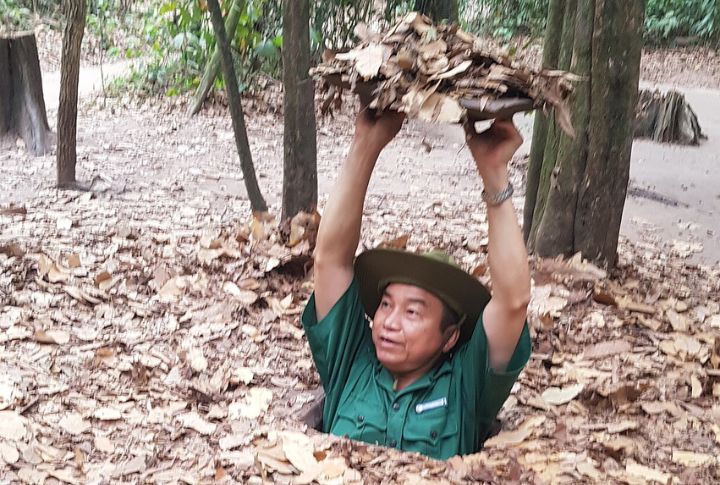
Imagine crawling into pitch-black tunnels alone, armed only with a flashlight and a pistol. Tunnel Rats did just that—facing claustrophobic, booby-trapped, pitch-black conditions. Usually small and agile, these soldiers braved the unknown. Their bravery, though rarely glorified, left a lasting mark on military legend.
“Click” (or “Klick”)
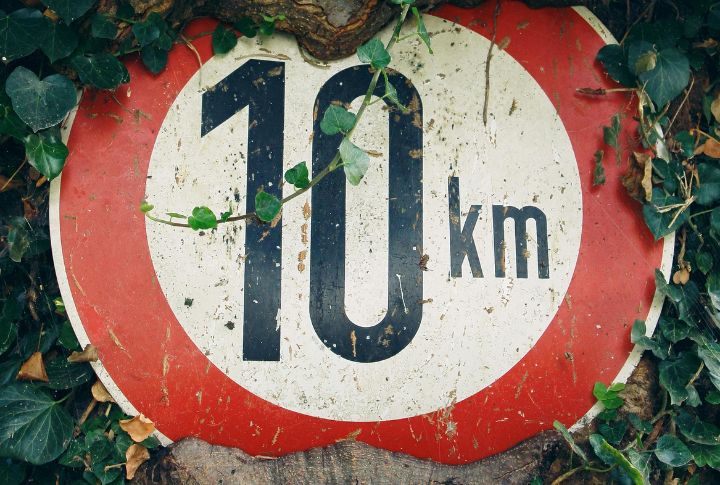
Slang for a kilometer, this term was used to measure distance in the field and is still used in the military today across all branches. It was often heard in quotes like “two klicks out from base.” The term streamlined communication under stress became a universal measure among troops.
“Blue Falcon”
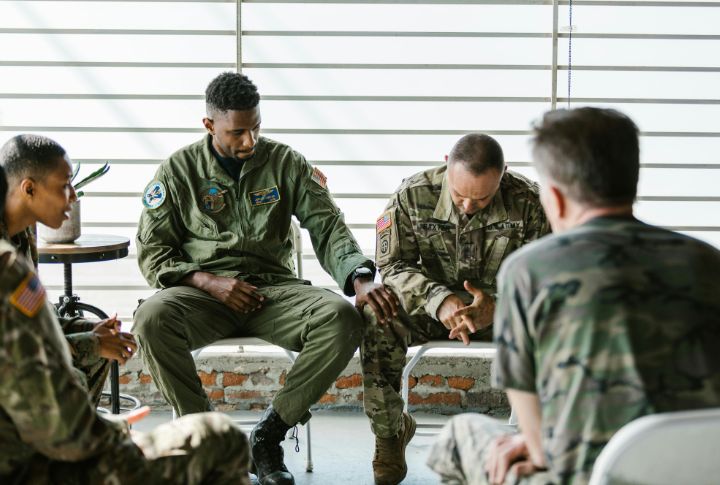
Every unit had one: the soldier who broke trust. Blue Falcon was a sarcastic code for betrayal. Although its tone was often crude, the sentiment was serious. Today, the phrase is used in military and law enforcement circles as a pointed accusation of cowardice or selfishness.
“Napalm”
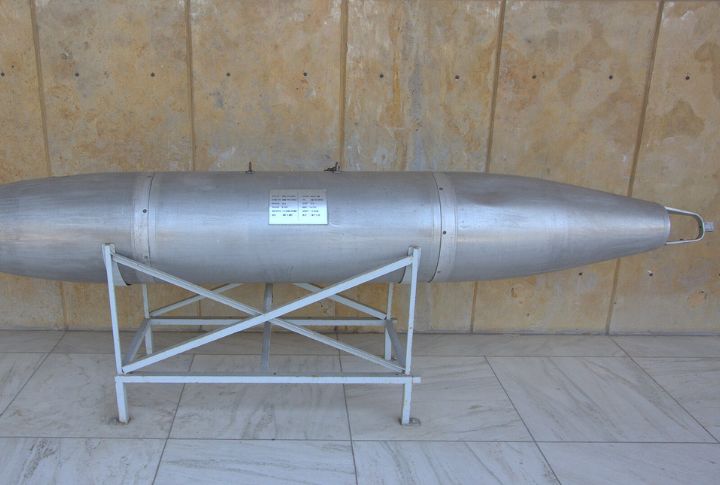
Napalm was a jellied gasoline dropped to clear jungle cover and devastate everything beneath. Its use sparked international protests and war crime debates. The quote “I love the smell of napalm in the morning,” from Apocalypse Now, turned the word into a lasting symbol of war’s horror.
“LZ” (Landing Zone)
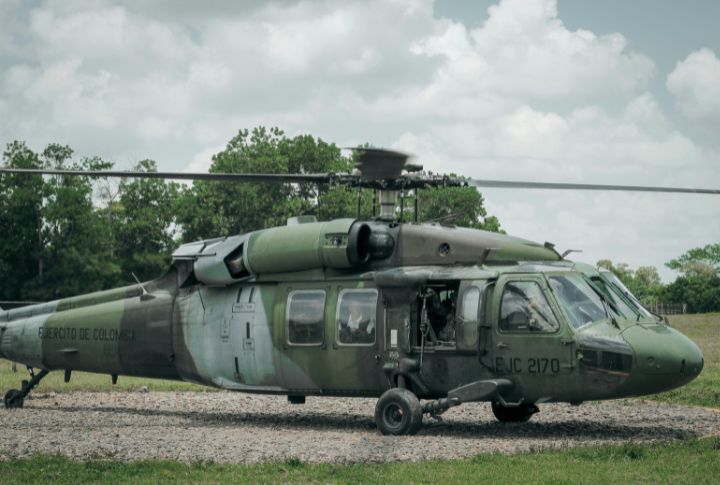
In Vietnam, helicopters were lifelines and they needed an LZ. Landing Zones were cleared for pickups, supply drops, or airlifts. A Hot LZ meant incoming fire. The term now echoes in action films and tactical lingo as a reminder of how mobility reshaped modern warfare.
“Search and Destroy”
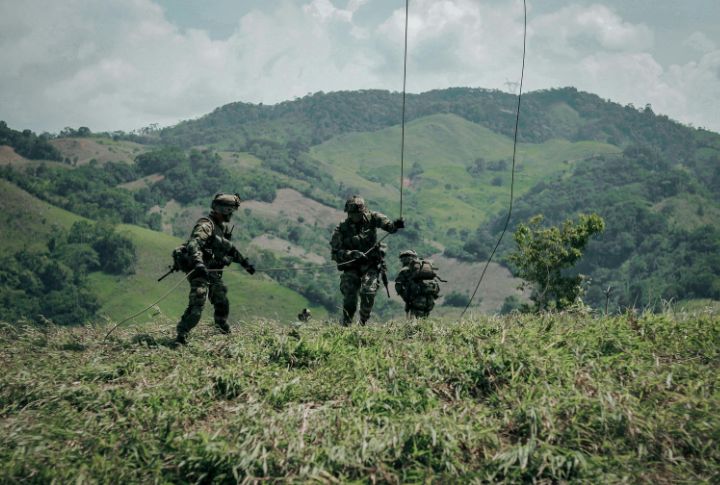
Originally an offensive tactic to locate and eliminate enemy forces, “Search and Destroy” became synonymous with U.S. combat strategy in Vietnam. Widely criticized for causing high civilian casualties, it entered public debate during antiwar protests and came to symbolize the war’s most controversial policies.
“Agent Orange”
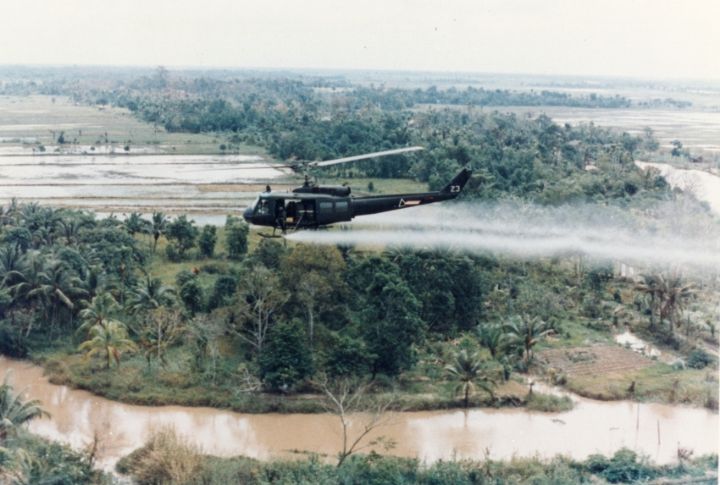
In Vietnam, toxic herbicides were used to defoliate the jungle cover but became notorious for their long-term health damage on vets and locals. This ultimately led to lawsuits, VA benefit battles, and public outcry. In fact, it’s still referenced in environmental and health discussions decades after the end.
“Firebase”
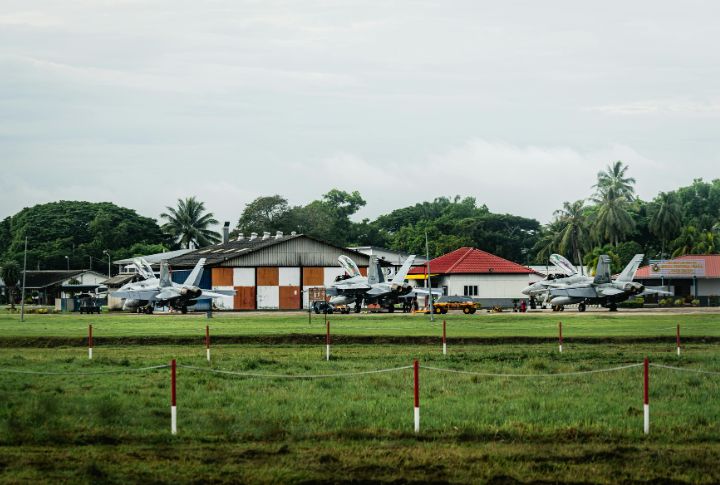
A temporary artillery base was often set up to support field operations; these became lifelines for infantry during extended missions. Representing both safety and risk, they were often targets for enemy attack. These bases played a crucial role in controlling territory and giving American troops a significant advantage.
“ARVN” (Army of the Republic of Vietnam)
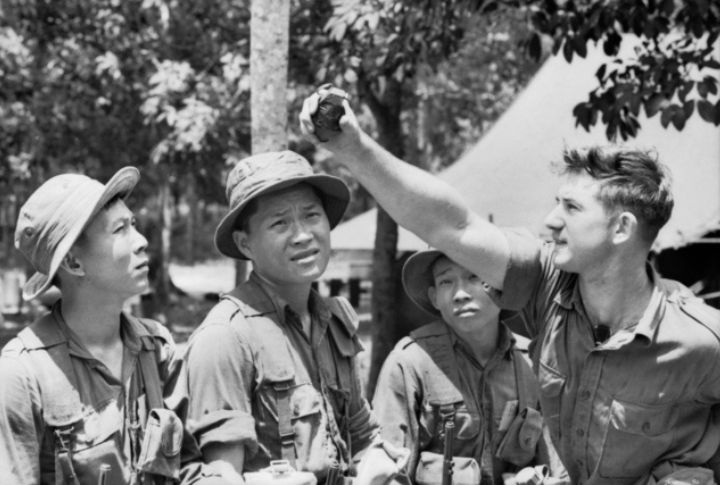
The South Vietnamese military were allied with U.S. forces and fought alongside Americans despite internal struggles. Their effectiveness was debated, especially post-war. Commonly referenced in military reports and briefings, the ARVN’s legacy remains complex in the historical analysis of the Vietnam conflict.
